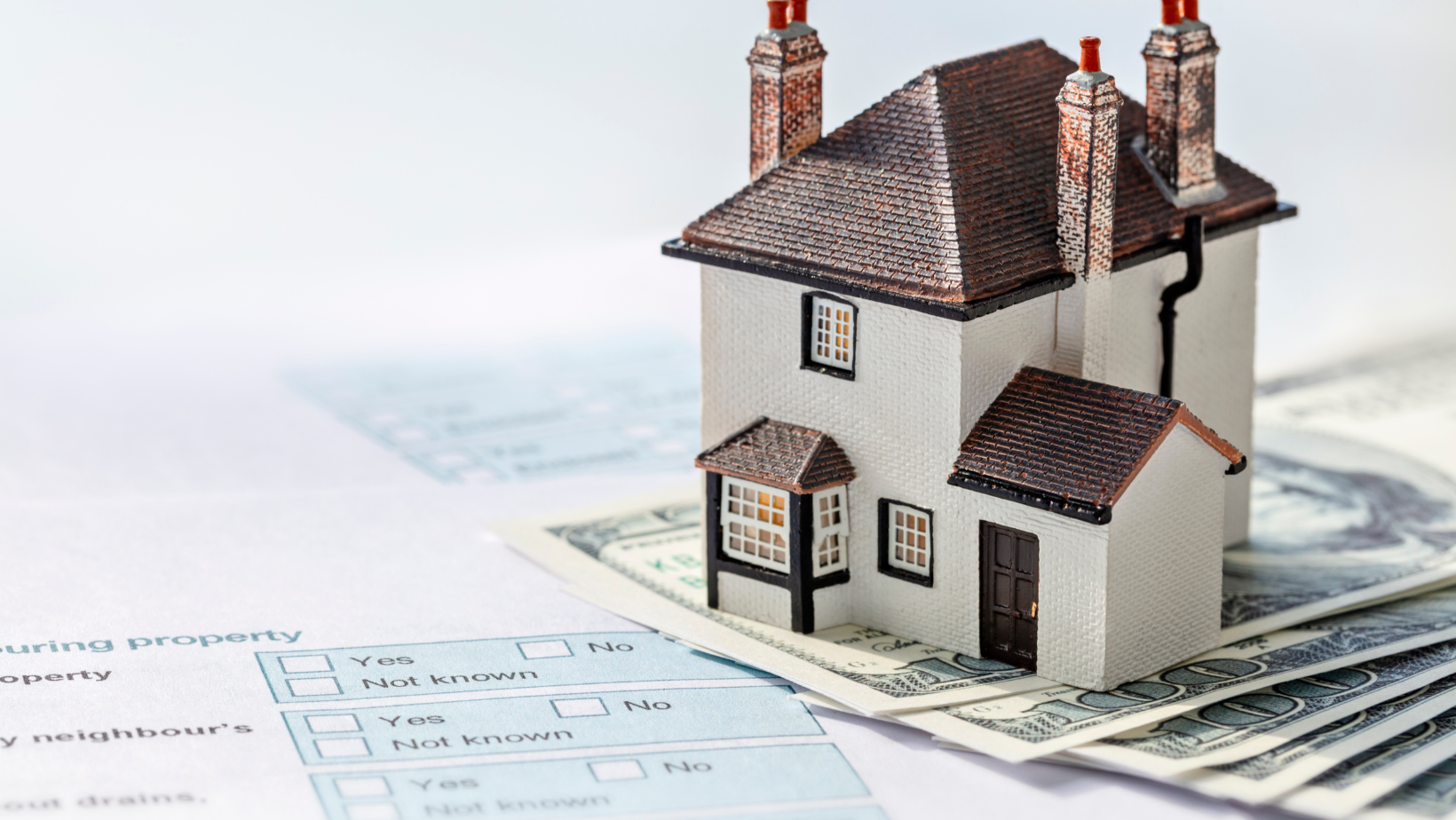In an epoch marked by the ceaseless pursuit of the American Dream, the aspiration of homeownership is entangled in a complex narrative of triumphs and tribulations. Across the vast expanse of the United States, the echoes of this narrative reverberate as states grapple with the tumultuous aftermath of an unparalleled housing boom — a surge in property taxes that now threatens to rend the very fabric of affordability and financial well-being.
The clarion call for relief transcends partisan lines, manifesting as a unified voice across the mosaic of state legislatures. In the heartland of Idaho, Representative Jason Monks, a stalwart Republican, emerges as a vanguard for change. His orchestration of a landmark measure funneled nearly $100 million in property tax relief into Ada County, a lifeline for homeowners reeling from the fiscal maelstrom. The measure, enacted with precision in March, sought to provide a median cut that surpassed the $500 mark per household, a tangible respite amid the surging fiscal tempest.
Jared Walczak, the sagacious Vice President of State Projects at the Tax Foundation, envisions a nationwide crescendo of legislative endeavors, a harmonious response to the mounting cacophony of homeowner concerns. The meteoric rise in home prices, a catalyst for higher property tax assessments, is now the focal point of a resounding public outcry for relief. Yet, the challenge looms large — achieving a delicate equilibrium that acknowledges the imperative of property tax revenues for the sustenance of local governments in their day-to-day operations.
Amidst this unfolding saga, the Mountain West region emerges as the epicenter of the property tax battleground. Governors in states such as Montana, Wyoming, and Colorado grapple with the Herculean task of implementing visionary, long-term solutions to tether the galloping property taxes to a sustainable pace.
Montana’s Republican Governor Greg Gianforte, a luminary at the forefront, has launched a task force to propose a relief plan for legislative consideration in 2025. Simultaneously, Wyoming organizers, undeterred by legislative ebbs, prepare for a seismic shift with a statewide ballot measure, while Colorado lawmakers, undaunted by past setbacks, revisit the issue with renewed vigor.
In the expansive plains of the Lone Star State, voters have etched their impact into the annals of property tax history. Propelled by an emphatic 80% voter support, a groundbreaking constitutional amendment funneled an unprecedented $7.1 billion into school districts. This colossal move amplifies the homestead exemption and lays down a formidable cap on property tax increases for select business properties.
Yet, as the states find themselves entwined in this financial odyssey, questions linger about the sustainability of deep tax cuts. Standing at a crossroads, policymakers grapple with the imperative of considering innovative approaches like circuit breakers designed to shield fixed or lower-income homeowners from the looming specter of overwhelming property taxes.
In this riveting and evolving saga, playing out against the tapestry of the American Dream, the property tax debate takes center stage. States, united in purpose, forge ahead in their quest to navigate the turbulent waters of affordability, fiscal responsibility, and the enduring pursuit of the quintessential American Dream — homeownership.
Source ( Stateline News).



